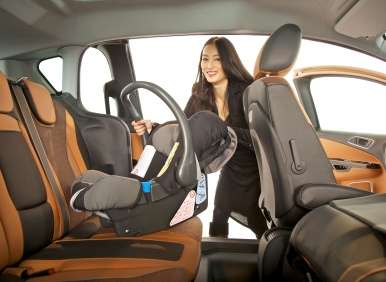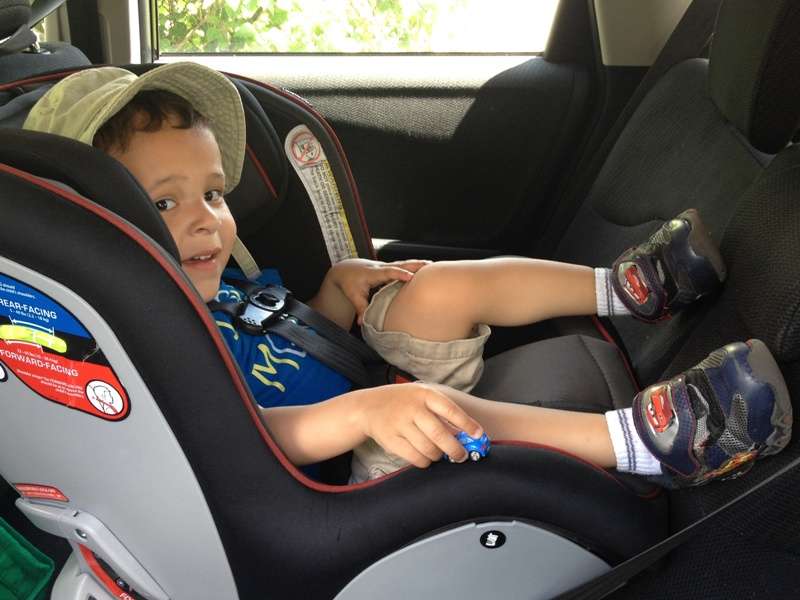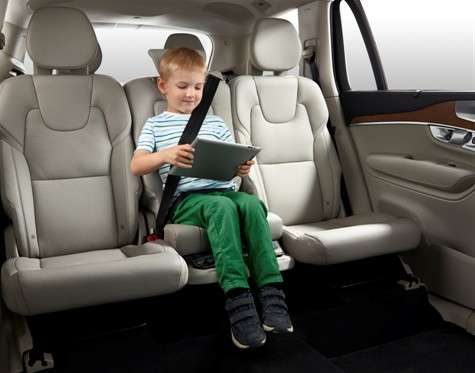Recent Articles
Popular Makes
Body Types
Never Leave Your Child Alone in a Car

In 2011, according to a study published in the official journal of the American Academy of Pediatrics, at least 33 children died from hyperthermia in this country after being left by themselves in motor vehicles. The only positive to come out of these tragedies? That figure represented a significant decrease as compared to 2010, when 49 kids perished. Of course, the only acceptable goal is to lower that number to zero, and that’s where the annual Safe Kids Worldwide hyperthermia awareness campaign—supported by the General Motors Foundation—comes into play.
Safe Kids is working through its local coalitions to partner with police and fire departments, hospitals, doctors’ offices, childcare centers, government agencies and other groups to spread the word about how easy it can be for children to be affected by hyperthermia in vehicles, even in apparently mild temperatures, and how easy it can be to stop further deaths.
“Whether you are a parent or caregiver, or just a concerned bystander, you can help save lives,” says Kate Carr, president and CEO of Safe Kids Worldwide. “We are urging everyone to ACT”—which, in this case, means following a handy mnemonic device geared to helping parents and caregivers avoid putting children at risk of deadly heatstroke:
- A = Avoid potential heat-related injuries and deaths by never leaving a child alone in a vehicle, not even for a minute, and always locking unattended vehicles to prevent children from getting in on their own. About 30 percent of these fatalities happen when a child is playing in an unattended vehicle and accidentally gets locked in.
- C = Create reminders and positive habits so you always remember when a child is in the vehicle with you. It may seem like an obvious point, but more than half of all vehicle-related heatstroke deaths occur when a driver simply forgets to drop off a child at his/her daycare facility. To help prevent this situation, put something you’ll really need, like a purse or briefcase, next to the child’s seat, or set the alarm on your cell phone or computer calendar to remind you to drop off your child. You can also set up a routine in which you always contact your daycare provider after the drop off; this way, if they don’t receive a call or text, they can be alerted to a potential issue.
- T = Take action. If you see a child left alone in a vehicle, call 911 immediately; operators are specifically trained for these kinds of situations and can help determine if a child is in danger.

And remember, temperatures inside a vehicle can jump by almost 20 degrees in as fast as 10 minutes, even when the weather seems nice, and cracking a window open is no help at all, especially because children’s bodies can overheat some three to five times faster than grownups’. As a result, these kinds of fatalities have even been reported in winter months.
“Kids react differently to heat than adults,” says Dr. Leticia Ryan of Children’s National Medical Center, Emergency Medicine and Trauma Services. “Infants and young children haven’t fully developed the internal systems regulating body temperature, putting them at much greater risk for organ failure and death when exposed to excessive heat. We see this all too often in the emergency room, and it’s absolutely devastating.”
For more information, please visit www.SafeKids.org/heatstroke.
